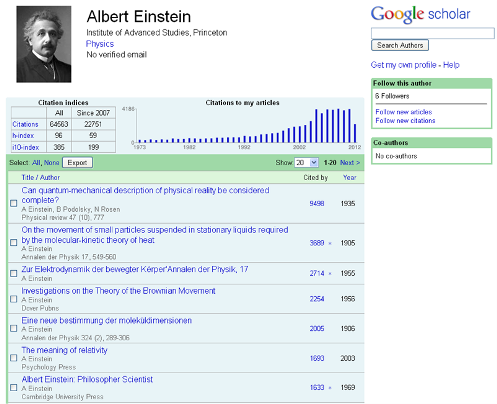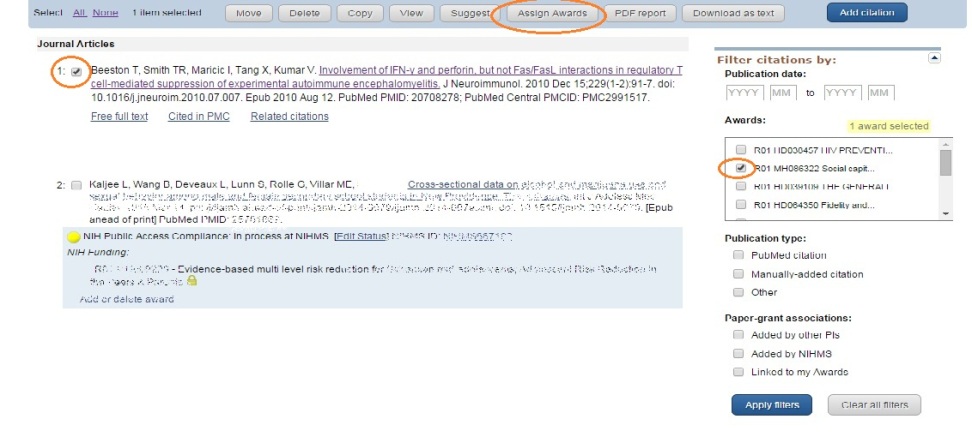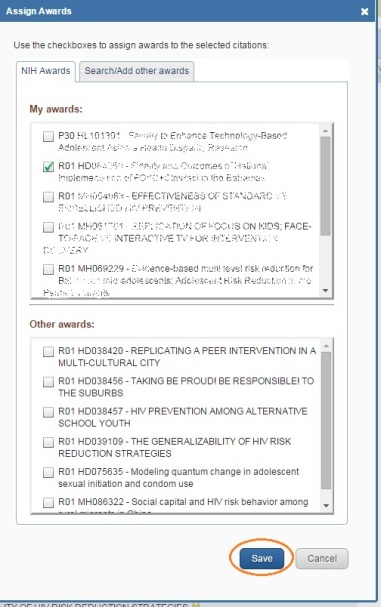PMCID, or the PubMed Central Reference number, or PMC reference number (!), is a unique number assigned to any article posted to PubMed Central. Most persons in academia are familiar with PubMed which is a free digital archive of biomedial and science journal literature at NIH and is managed by NIH’s Biotechnology Information (NCBI) in the National Library of Medicine (NLM). However, not everyone is familiar with the requirements that are attached to PMCID.
Requirements
First, anyone submitting an application, proposal or report to the NIH must include the PMCID when citing applicable papers that they author or that arise from their NIH-funded research. Here’s an example given by the NIH:
- Three authors collaborate on a paper that falls under the public access policy. Author A has no NIH support, Author B worked on the paper using salary support from his mentor’s NIH award, and Author C used her NIH award to support the research reported in the paper. If any of the four scientists (the authors and Author B’s mentor) cite the paper when they apply for an NIH award, they must include the PMCID in the citation. However, when another scientist (anyone other than the three authors or Author B’s mentor) cites this paper in their NIH research application, they are not required to include the PMCID. In addition, when Author B’s mentor and Author C next report on the progress of their respective awards to NIH, they must cite the paper and include the PMCID.
You may only find PMCID numbers for publications after April 29, 2008; if your pieces were accepted for publication after the 2008 date and you still don’t see a PMCID number, chances are the piece is non-compliant. Publishers aren’t always responsible to getting the PMCID number; sometimes atuhors are. To find out if this is the case, look to see if your journal is listed here. If it is not, you will either have to explore the other submission methods. Keep in mind that a PMCID number is NOT the same as a PMID (PubMed reference) number. PubMed Central is an index of full-text papers, while PubMed is an index of abstracts. The PMCID links to full-text papers in PubMed Central, while the PMID links to abstracts in PubMed. PMIDs have nothing to do with the NIH Public Access Policy; that is, they do not satisfy the citation requirements.
How To Find a PMCID
The PMCID is posted in PubMed as soon as an article has been successfully processed by PMC, which usually occurs around the time of publication. PMCIDs are listed in the lower right corner of the Abstract Plus view of PubMed. If the paper is successfully processed but not yet publicly available on PMC, PubMed will also list the date the paper will become available. NIH provides other methods of obtaining PMCIDs as do several bibliography management software packages (see below). During the submission process, if you received a temporary NIHMS number, this number will be replaced with a PMCID number when the submission process is complete, and you can verify that you have a PMCID number using the PMCID converter tool (this tool is also very helpful if you have the PMID or DOI number, but not the PMCID number).
If You Don’t Have a PMCID
If you have yet to receive a PMCID number, use the following citation amendments:
- If the journal has submitted the paper for you and you have not received the PMCID number, use: “PMC Journal – In Process”.
- If the journal is not on the approved “automatic submission” list but has submitted on your behalf, you will need to provide a valid NIHMSID number (not more than three months old).
- If you submitted the manuscript, you will need to provide a valid NIHMSID number (not more than three months old).
For examples of citations, take a look at NIH’s examples.
Using a Bibliographic Manager
Many departments use RefWorks and EndNote, both of which can make your life easier. When using RefWorks, exporting from PubMed or PubMed Central will include the PMCID if you use the NIH output style. When using EndNote, version x3 and later come with updated files that import the PMCID into the PMC field automatically. For older versions of EndNote, you will need to download an import filter and output style from EndNote’s website.
Remember, PMCID numbers are important and citations that miss them can cause errors (and worse) in your application. Though finding your numbers may take a bit of time for long pub lists, it’s not terribly difficult to do. As always, RAS is here to help if you should run into any roadblocks as you track your numbers down.







